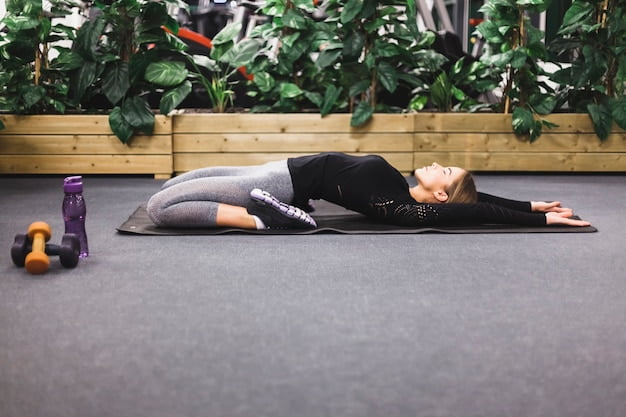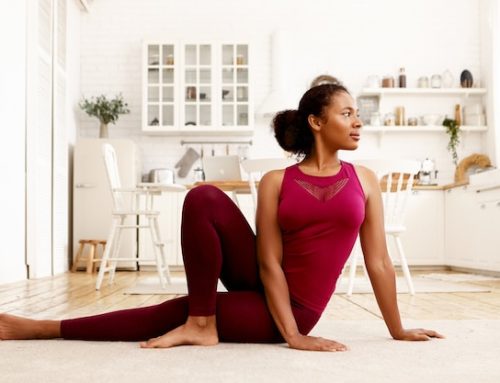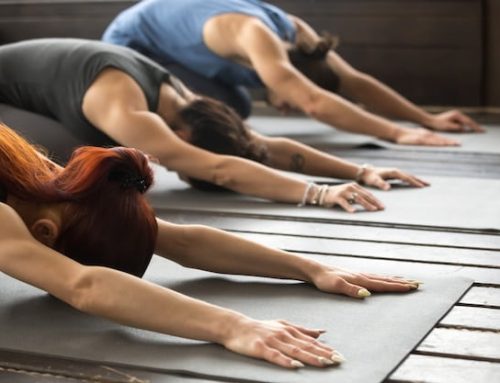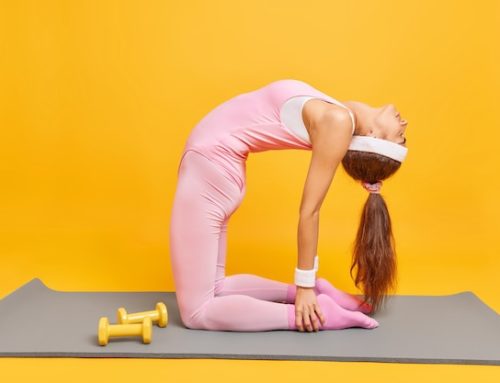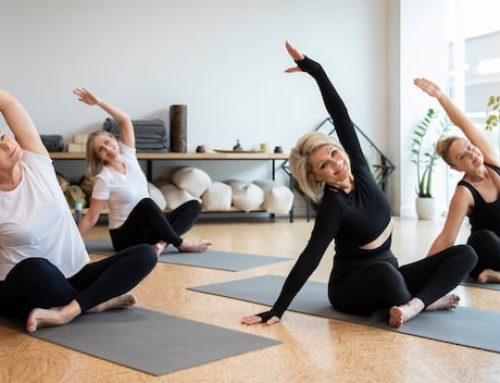Get Your Body Moving: Why Are Some People Not Flexible?
Do you struggle with touching your toes? Is bending down to pick something up a challenge? If so, you’re not alone. Many people struggle with inflexibility, which can limit their mobility and cause discomfort. But why are some people not flexible?
Genetics
One factor that affects flexibility is genetics. Just as some people are born with a natural talent for music or athletics, others are born with more or less flexibility. For example, some people have naturally longer muscles or shorter tendons, which can impact their range of motion. Genetics also play a role in the composition of our muscles, such as the ratio of slow-twitch to fast-twitch muscle fibers. Slow-twitch fibers, which are responsible for endurance activities like running, tend to be more flexible than fast-twitch fibers, which are responsible for explosive movements like jumping.
Lack of Activity
Another reason people may be inflexible is due to lack of activity. Sitting for prolonged periods of time can lead to tightness in muscles, particularly in the hips and hamstrings. As we age, we also tend to become less active, which can contribute to stiffness and decreased flexibility.
Poor Posture
Posture also plays a role in flexibility. When we slouch or hunch over, it can cause our muscles to shorten and become less flexible over time. As a result, it’s important to pay attention to our posture throughout the day, particularly when sitting or standing for long periods of time.
Injury or Surgery
Injuries or surgeries can also impact flexibility. Scar tissue can form during the healing process, which can limit range of motion. Additionally, if a joint is immobilized for a period of time, such as after surgery or in a cast, it can lead to stiffness and decreased flexibility.
Aging
As mentioned earlier, aging can also contribute to inflexibility. As we get older, our muscles and joints become stiffer and less pliable. This is due to a decrease in the amount of water in our tissues as well as a decline in the production of collagen, a protein that gives our tissues elasticity.
Factors You Can Control
While genetics and aging are factors outside of our control, there are several things we can do to improve our flexibility. Incorporating stretching into our daily routine can help to lengthen our muscles and improve range of motion. Activities like yoga and Pilates can also be beneficial for improving flexibility and overall mobility.
Best Stretches to Increase Flexibility
Hip Flexor Stretch:
- Kneel on the floor with both of your knees bent and shins on floor.
- Lunge your right leg forward so your right knee is bent at 90 degrees in front of you with your right foot on the floor directly under your knee.
- You can either place your hands on your front right leg for a beginner stretch or bend your left leg at the knee and hold it with your left arm.
- Lean your hips forward into your stretch, keeping your torso upright.
- Hold for 30 seconds or longer. Repeat on the next leg.
Stretches: hip flexors, quads, hamstrings
Butterfly Stretch:
- Sit on the floor with the soles of your feet together and your knees bent out to the sides.
- Grasp your feet with your hands, engage your core and slowly bend your body forward toward your feet.
- Go only as far as comfortable.
- Hold for 45 seconds to two minutes
- If you are uncomfortable, elevate your hips with a few blankets or a pillow then try again.
Stretches: neck, back, glutes, hamstrings and thighs.
Reclining Pigeon Stretch:
- Lie with your back on the floor, knees bent, feet flat on the floor.
- Cross your right foot over your left thigh.
- Hook your arms around the left hamstring and lift your left foot a few inches while keeping your back and shoulders on the floor.
- Gently bring your right left in toward you until you feel a stretch.
- Hold for 45 seconds to two minutes.
- Lower your legs to the ground. Switch legs and repeat.
Stretches: lower back, hips, glutes and hamstrings
Foldover Stretch:
- Stand with feet hip-width apart, knees slightly bent with your arms by your sides.
- Exhale as you bend forward from your hips, lowering your head towards the floor.
- Keep your head, neck, shoulders relaxed.
- Wrap your arms around your back legs and hold 45 seconds or more.
- If you’re not comfortable reaching that far, bend your knees more or place your hands on the ground.
Stretches: neck, back, glutes, hamstrings and calves
Final Thoughts
In conclusion, inflexibility can be caused by a variety of factors, including genetics, lack of activity, poor posture, injury or surgery, and aging. While some of these factors are outside of our control, we can take steps to improve our flexibility through regular stretching and physical activity. So next time you’re struggling to touch your toes, remember that with a little effort and persistence, you can become more flexible and improve your overall health and well-being.
References:
-
- Clark, M. A., Lucett, S. C., & McGill, E. (2018). NASM essentials of corrective exercise training. Jones and Bartlett Publishers.
-
- McHugh, M. P., & Cosgrave, C. H. (2010). To stretch or not to stretch: the role of stretching in injury prevention and performance. Scandinavian journal of medicine & science in sports, 20(2), 169-181.
-
- Nelson, N. L. (2017). Anatomy of Stretching: Anatomical Charts of the Stretching & Muscles. Kinesiology Books.
